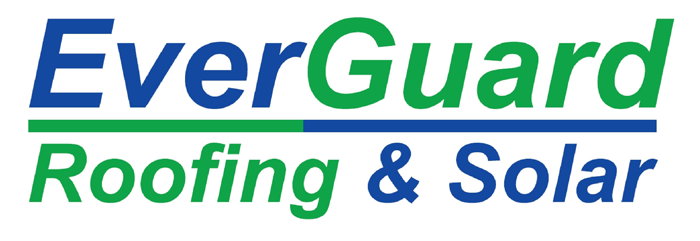Snow and ice on a roof often look very pretty, like thick icing on the roof of a gingerbread house. However, snow and ice negatively impact your roof. You should either A) remove the snow and ice before it thickens up and is impossible to remove, or B) prevent the snow and ice from accumulating in the first place.
3 Negative Impacts Ice and Snow Have on Your Roof
A roof protects your whole house, from foundation to attic. Ice and snow can damage a roof several ways, leading to interior and exterior repairs that are very costly.
- Incredibly heavy snow weighs down on your roof until the roof begins to bend and buckle under the weight. Older roofs cannot hold up under this weight, and eventually collapse, leaving you with a giant hole in the roof of your house and possibly a section of the ceiling as well.
- Ice dams build up from the gutters and push back against the shingles peeling the shingles up as the ice goes. Shingles end up curled, broken, and loose. Your roof ends up exposed to water damage when everything begins to melt and seeps past the damaged shingles.
- Melting snow and ice in heavy layers look for the path of least resistance down the roof. When a roof is in tip-top shape, the melting ice and snow usually flows down to the gutters and away from the house. When there’s damage to the roof or it’s really old, there are nooks and crannies where the melted ice and snow seeps in, creating water damage pockets all over the roof. As that water damage builds up, the materials under the shingles rots, allowing for more water to seep in.
All of these issues result in extremely expensive repairs. If the damage is particularly bad, you will be looking at a complete roof replacement, which is never inexpensive.
Removing and Preventing the Accumulation of Snow and Ice
The best way to remove snow is to use a roof shovel when it is snowing. The roof shovel is designed to roll down the slope of a roof without getting stuck and it helps pull huge piles of snow down to the ground. If the snow is removed before it has a chance to melt and refreeze, then ice is less likely to accumulate and less likely to create ice dams.
You can also use roof heating coils to melt snow before it can even form the thinnest layer on your roof. These heating coils can be installed by a roofing contractor. They will not overheat or start a fire. They are quite safe to use and they melt snow and ice very quickly.
